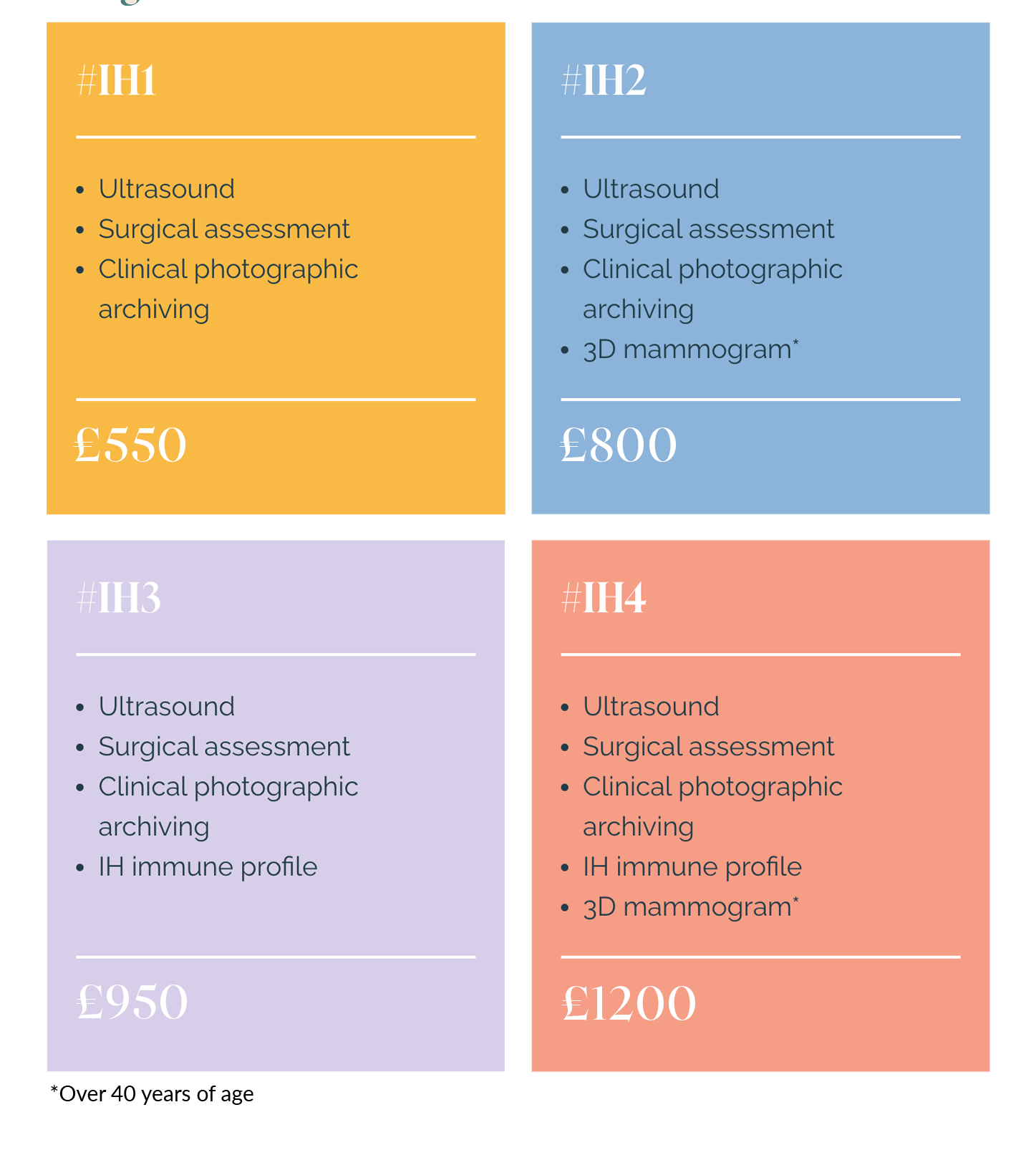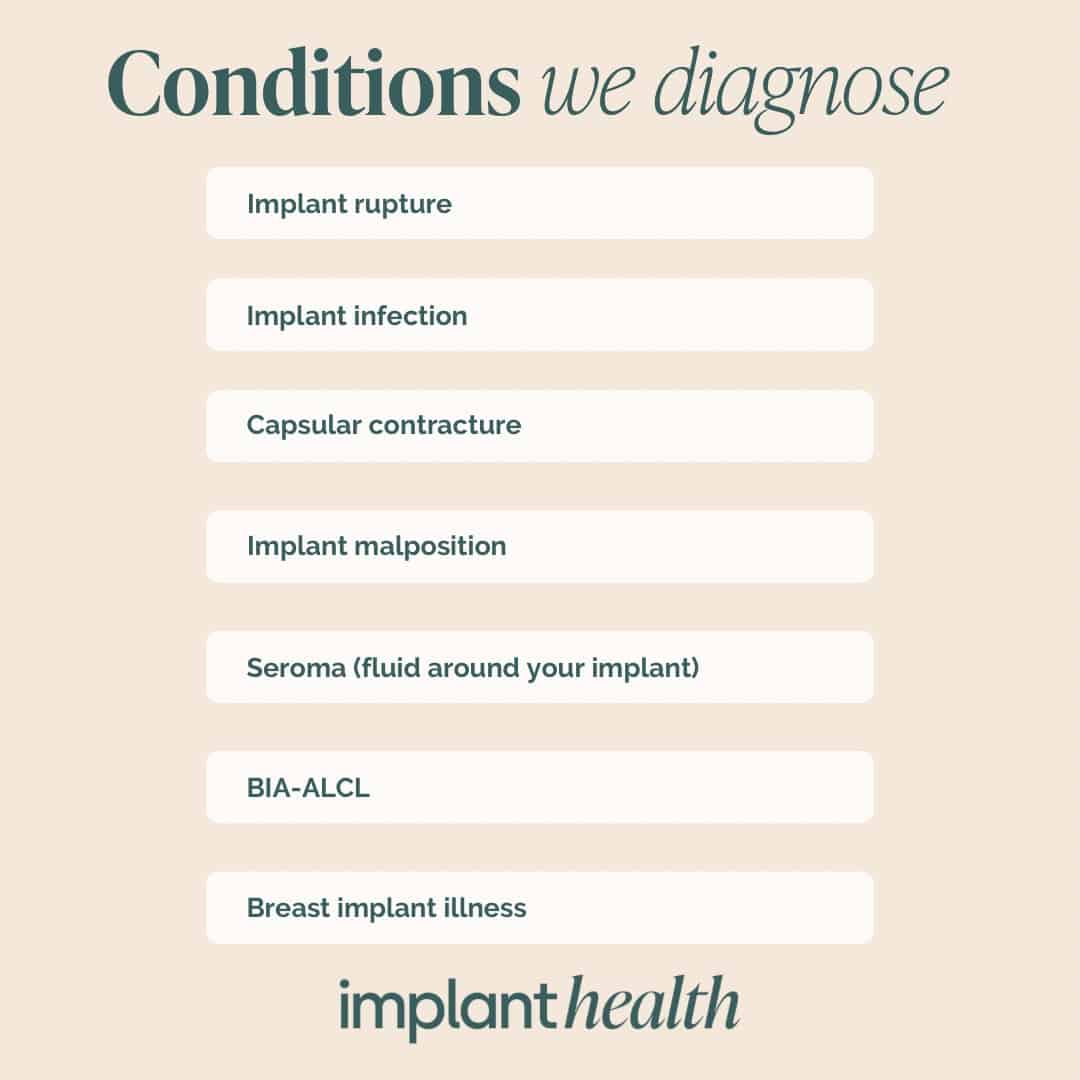SEROMA
Breast Seroma
A seroma refers to the accumulation of fluid around a breast implant. It is a common complication that can occur after breast implant surgery. When breast seroma develops, a pocket of fluid forms around the implant, causing swelling and discomfort in the affected breast.
Breast Seroma Symptoms
It’s important to note that not all individuals with a seroma will experience symptoms. Some seromas may be small or asymptomatic and can resolve on their own without causing significant discomfort. However, if you have undergone breast implant surgery and suspect the presence of a seroma or are experiencing any of the aforementioned symptoms, it is advisable to get a breast implant health checkup. This check-up offers a physical examination, confirms the diagnosis, and recommends appropriate management options based on your specific situation.
Symptoms of a seroma can vary from person to person. Some common symptoms associated with seroma formation include:
Swelling
The affected breast may appear visibly larger than the other breast. The swelling can be localized around the implant area.
Pain and Discomfort
The presence of a seroma can cause discomfort or a feeling of heaviness in the affected breast. The pain may range from mild to moderate and can be exacerbated by movement or pressure.
Breast Tenderness
The breast may be tender to the touch or sensitive in the area where the seroma has formed.
Changes in Breast Appearance
The presence of a seroma can alter the shape or contour of the breast, making it appear distorted or uneven compared to the other breast.
Palpable Fluid Wave
In some cases, when gentle pressure is applied to the breast, a palpable fluid wave or a sloshing sensation may be felt due to the presence of fluid.
What causes breast seroma?
A seroma can occur due to various factors related to surgery and the healing process. Some common causes of seroma formation include:
Surgical Trauma
During breast implant surgery, there is a potential for injury to blood vessels, lymphatic vessels, or surrounding tissues. This trauma can disrupt normal fluid drainage mechanisms, leading to the buildup of fluid in the implant pocket.
Inflammatory Response
Surgery triggers an inflammatory response as part of the body’s healing process. Inflammation can increase the production of fluid and hinder its proper absorption, resulting in the formation of a seroma.
Hematoma
A hematoma is a collection of blood that can occur due to bleeding during or after surgery. If blood accumulates around the breast implant, it can transform into a seroma as the blood components separate, leaving behind a fluid-filled pocket.
Lymphatic Disruption
The lymphatic system plays a crucial role in fluid drainage and immune response. Surgery can inadvertently disrupt the lymphatic vessels, impairing their ability to drain fluid effectively and leading to seroma formation.
Infection
Although relatively rare, an infection can contribute to seroma development. Infection triggers an immune response that can lead to fluid accumulation around the implant.
It’s important to note that not all cases of seroma formation are preventable, as some factors may be beyond the control of the surgical team or the patient. However, steps can be taken to minimize the risk of seroma, such as careful surgical technique, proper wound closure, and post-operative management, including the use of compression garments and drains to facilitate fluid drainage.
If you suspect you have a seroma or are experiencing symptoms such as swelling, pain, or discomfort after breast implant surgery, it is essential to consult with a specialist for a thorough evaluation and appropriate management.
How is a breast seroma diagnosed?
Diagnosing a seroma (fluid around a breast implant) typically involves a combination of clinical examination, medical history review, and imaging studies. Here are some common diagnostic methods used to identify and evaluate a seroma:
Clinical Examination:
A healthcare professional, usually a plastic surgeon, will perform a physical examination of the breast to assess the presence of swelling, tenderness, or changes in breast shape or texture. They will also check for other signs of potential complications.
Medical History Review:
The surgeon will review your medical history, including any previous breast surgeries, to understand your overall health and identify factors that may contribute to the development of a seroma.
Imaging Studies:
Various imaging techniques may be employed to confirm the presence of a seroma and assess its characteristics. These may include:
- Ultrasound: Ultrasonography uses sound waves to create images of the breast tissue and can help visualize the presence and extent of fluid accumulation.
- MRI (Magnetic Resonance Imaging): MRI provides detailed images of the breast and surrounding tissues. It can help differentiate between a seroma and other complications, such as hematoma or implant rupture.
- Mammography: Mammograms may be utilized to assess the breast tissue and rule out other conditions that may mimic the symptoms of a seroma.
Aspiration:
Aspiration involves using a needle and syringe to extract a sample of the fluid from the seroma. This fluid can be sent for laboratory analysis to rule out infection or other underlying causes. Aspiration may also help relieve symptoms and confirm the diagnosis.
The combination of clinical examination, medical history review, and imaging studies allows healthcare professionals to accurately diagnose a seroma and differentiate it from other complications, such as hematoma, infection, or implant rupture. Once diagnosed, appropriate treatment options can be considered based on the size, severity, and patient’s overall health.
Our Breast Implant Screening Packages
Pricing Structure

To book a scan, use the form to select the package you would like and follow the instructions to book an appointment on a day that best suits you.
Contact Us To Book An Appointment
Contact Us
London Breast Clinic
One Welbeck
1 Welbeck Street
Marylebone
London. W1G 0AR
Get Directions
